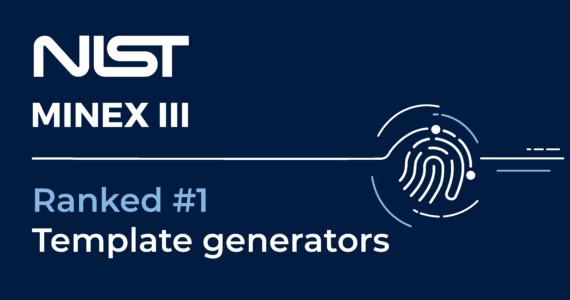
Innovatrics Scores Top Place in NIST MINEX III Leaderboard
Innovatrics continues its success in MINEX III with the world’s best fingerprint template generator Innovatrics’ latest submission to ...
Read moreWhile liveness detection is a relatively new technology, it’s already a must-have in all high-security remote onboarding solutions. Without it, the face-matching algorithms could be spoofed just by showing a photo of a person being verified.
Innovatrics has always pushed the boundaries of the accuracy of its liveness models. Due to its simplicity for the end user, passive liveness is the most used of Innovatrics’ offerings of liveness detection possibilities. All they have to do is take a selfie, and the algorithm takes care of the rest. In the latest version of the algorithm, you can benefit from a 30% increase in passive liveness accuracy – the equal error rate dropped to 0.9% from the already excellent 1.3%
Comparison of previous and new models (lower and further to the left indicates better performance)
The fraudsters have quickly spotted liveness detection as one of the potential weak points of the existing solutions and with the help of AI are always trying new venues of attack. Upgrading the liveness solutions is therefore a must for all companies providing this core technology. “We are seeing new avenues of attack almost every week and we have to make sure we’re able to detect them,” explains Viktor Bielko, DOT Product Manager at Innovatrics. DOT is Digital Onboarding Toolkit, a full technology stack for developing remote identity verification solutions.
The details of the performance are described on our public documentation page.
Different liveness detection approaches cater to different use cases, and Innovatrics partners can even use two of them in tandem for extra security. One of the recommended approaches is to use passive liveness for most of the cases and apply active liveness or MagnifEye liveness to those at the threshold.
Check out our liveness detection in our demo or chat with us directly.